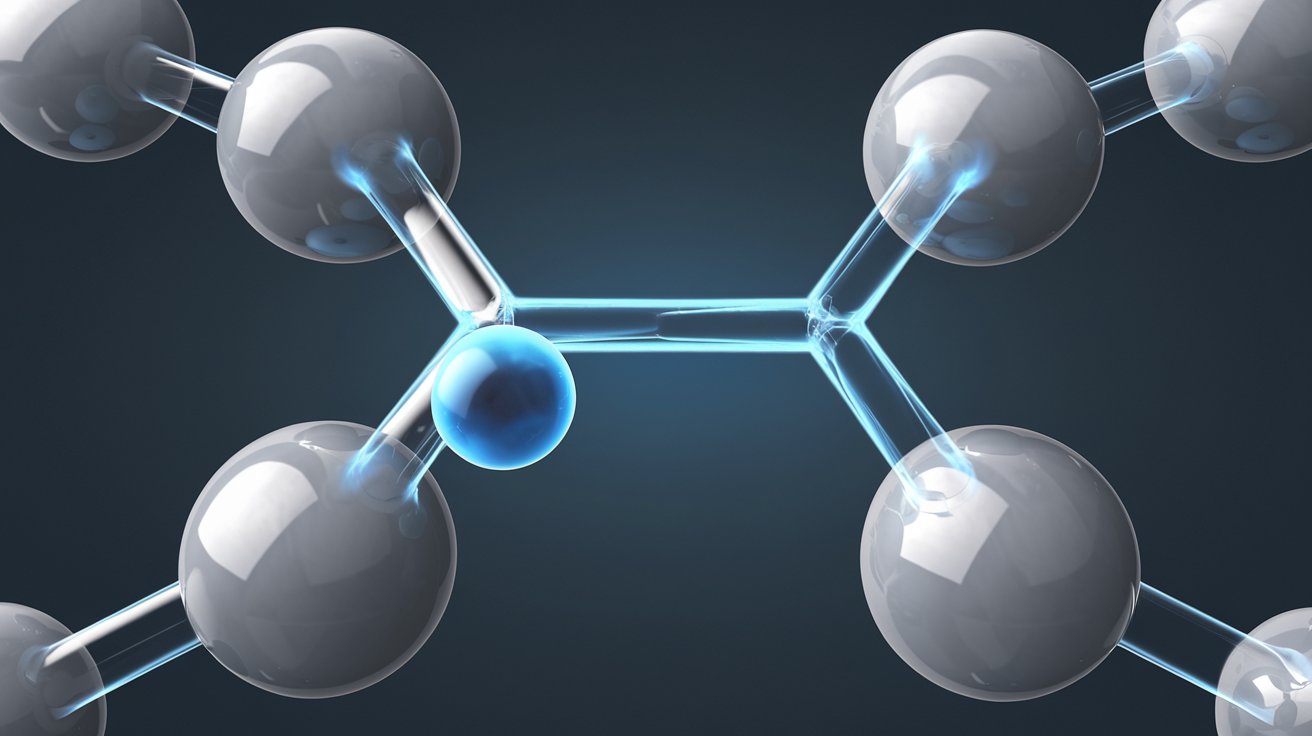
What is a sigma bond? A sigma bond is the strongest type of covalent bond, formed by the head-on overlap of atomic orbitals. These bonds are essential in chemistry because they create the framework for molecules, holding atoms together in a stable arrangement. Unlike pi bonds, which are weaker and form from the side-by-side overlap of orbitals, sigma bonds allow for free rotation around the bond axis. This unique feature makes them incredibly versatile and crucial for the structure of countless compounds. Understanding sigma bonds helps us grasp how molecules behave, interact, and react in various chemical processes. Ready to dive into the world of sigma bonds? Let's get started!
What is a Sigma Bond?
A sigma bond is the strongest type of covalent bond formed by the head-on overlap of atomic orbitals. These bonds are essential in chemistry, holding atoms together in molecules. Let's dive into some fascinating facts about sigma bonds.
Formation of Sigma Bonds
Understanding how sigma bonds form can help grasp their importance in molecular structures.
-
Head-On Overlap: Sigma bonds form through the head-on overlap of two atomic orbitals, such as s-s, s-p, or p-p orbitals. This direct overlap creates a strong bond.
-
Single Bonds: In most cases, sigma bonds are single bonds. For example, the bond between two hydrogen atoms in an H2 molecule is a sigma bond.
-
Electron Density: The electron density in a sigma bond is highest along the axis connecting the two nuclei. This concentration of electrons strengthens the bond.
Characteristics of Sigma Bonds
Sigma bonds have unique characteristics that distinguish them from other types of bonds.
-
Rotational Symmetry: Sigma bonds exhibit rotational symmetry around the bond axis. This means the bond remains unchanged when rotated around this axis.
-
Bond Strength: Sigma bonds are generally stronger than pi bonds due to the direct overlap of orbitals. This makes them crucial for the stability of molecules.
-
Bond Length: The bond length in a sigma bond is typically shorter than in a pi bond. Shorter bond lengths contribute to the bond's strength.
Sigma Bonds in Different Molecules
Sigma bonds play a vital role in various molecular structures, influencing their properties and behavior.
-
Hydrocarbons: In hydrocarbons like methane (CH4), all the C-H bonds are sigma bonds. These bonds give hydrocarbons their stability and shape.
-
Double and Triple Bonds: In molecules with double or triple bonds, one of the bonds is always a sigma bond. The remaining bonds are pi bonds, which are weaker.
-
Hybridization: Sigma bonds are often associated with hybridized orbitals. For instance, in ethane (C2H6), the carbon atoms use sp3 hybrid orbitals to form sigma bonds.
Importance in Chemical Reactions
Sigma bonds are not just structural; they also play a crucial role in chemical reactions.
-
Bond Breaking: During chemical reactions, breaking a sigma bond requires more energy than breaking a pi bond. This makes sigma bonds more stable and less reactive.
-
Bond Formation: Forming a sigma bond releases a significant amount of energy. This energy release drives many chemical reactions, making them exothermic.
-
Catalysis: In catalysis, sigma bonds can be activated or broken by catalysts to speed up reactions. This is essential in industrial processes like hydrogenation.
Sigma Bonds in Everyday Life
Sigma bonds are everywhere, from the food we eat to the materials we use.
- Proteins and DNA: Sigma bonds are present in the backbone of proteins and DNA. These bonds provide the structural integrity needed for biological functions.
Understanding sigma bonds helps appreciate the intricate world of chemistry and the bonds that hold everything together.
Final Thoughts on Sigma Bonds
Sigma bonds are the backbone of molecular structures. They form the first bond between two atoms, providing a strong and stable connection. These bonds result from the head-on overlap of atomic orbitals, creating a region of high electron density. Unlike pi bonds, sigma bonds allow for free rotation around the bond axis, giving molecules flexibility.
Understanding sigma bonds helps in grasping more complex chemical concepts. They play a crucial role in organic chemistry, influencing the shape and reactivity of molecules. Knowing how sigma bonds work can aid in predicting molecular behavior and reactions.
In essence, sigma bonds are fundamental to the structure and function of countless compounds. Their unique properties make them indispensable in the study of chemistry. Whether you're a student or a professional, a solid grasp of sigma bonds will enhance your understanding of molecular science.
Was this page helpful?
Our commitment to delivering trustworthy and engaging content is at the heart of what we do. Each fact on our site is contributed by real users like you, bringing a wealth of diverse insights and information. To ensure the highest standards of accuracy and reliability, our dedicated editors meticulously review each submission. This process guarantees that the facts we share are not only fascinating but also credible. Trust in our commitment to quality and authenticity as you explore and learn with us.


